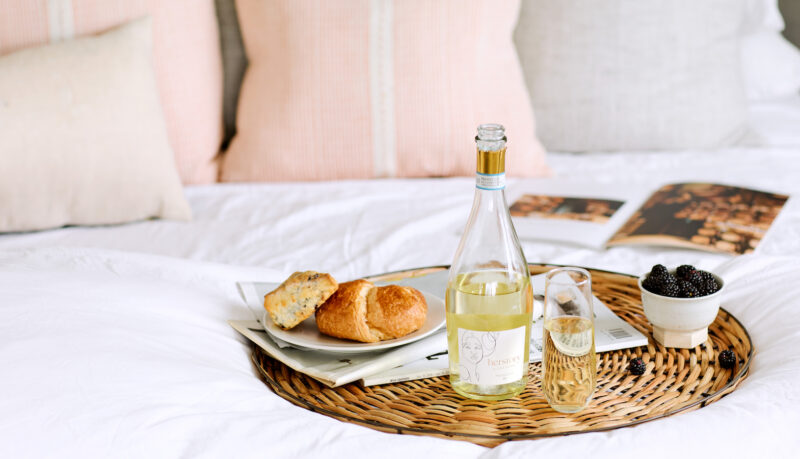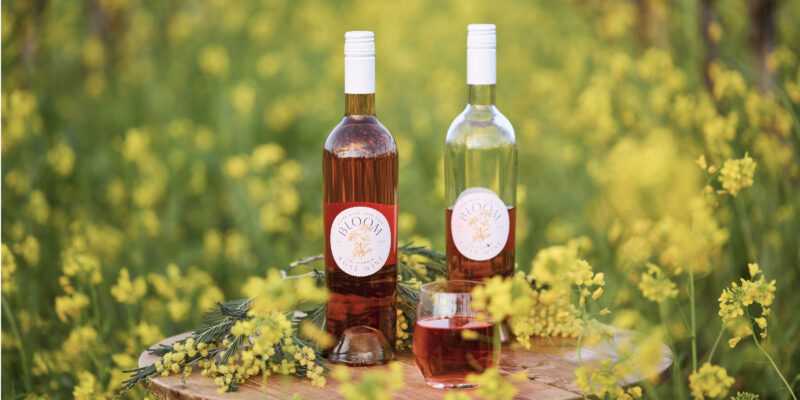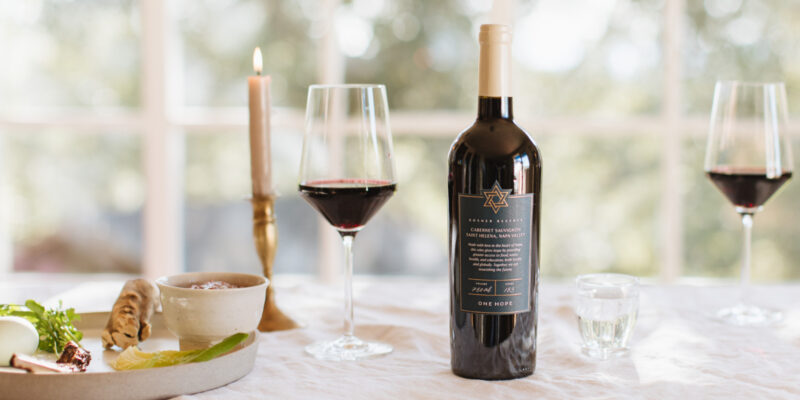If you’re new to the world of wine, first off, welcome! There is so much to taste, learn, and explore when it comes to wine. While the intricacies of tasting notes, soils, and wine regions are great to research, we think the best place to start if you’re new to wine, is what to pair with your glass.
A basic rule of thumb to keep in mind is: If it grows together, it goes together. Easy to remember, right? Take a look at this fun pairing guide and our tips & tricks to finding the best flavor combinations below!

Source: https://www.thelittleepicurean.com/2016/08/meat-and-cheese-board-pairing.html
When it comes to Meats
The simplest thing to remember is to color match. While a nice steak can do well with a white wine, in general, red meats pair with red wines and white meats do best with white wines. Consider this the first choice you make. From there, other useful tips to remember include:
- Serving Brazilian style steak? Reach for a Brazilian red. A nice French duck? You guessed it, grab for a wine from a French vineyard.
- Fatty sauces need a wine with some weight. A deep red like our Reserve Cabernet is perfect.
- Tart and Tangy sauces on your meat cry out for a wine with a bit of zip all of its own. We recommend Sauvignon Blanc.
- Vegetarian? No problem. If the main vegetable is “meaty,” like an eggplant or heavy squash, then reach for red. For dainty or spring vegetable-based dishes a white will do fine. A cheese heavy option wants a Rosé.
All about Sweets
When it’s time for dessert, most of us will think that bubbly wine is the obvious, if not the only, choice out there. Contrary to that knee-jerk reaction, sparkling wines really aren’t that great for desserts at all. Sparkling wine, while awesome for celebration, is actually quite crisp. This means that, if you pair it with something very sweet, the two flavors will do battle for dominance in your mouth. Believe it or not, sparkling wines are at their best when paired with savory, salty dishes.
So save the bubbles for a toast, and when pairing your dessert, try this:
Is it chocolate?
Yes?
Then you want a red wine. We prefer Cabernet.
If you’re not having chocolate, a mild white is probably your best bet. A Moscato, Pino Grigio or Riesling should do the trick. In some cases, a warm, buttery Chardonnay can work quite nicely, too.
Spicy Talk
How to balance the heat of a spicy chili or a Thai dish can throw even the seasoned wine enthusiast for a loop. In general, you’re going to want a white wine. The fact that whites are served chilled can help tame the heat of the food, and the slightly more sweet tones in most whites can present a good balance in the mouth. A Riesling is a great option. A good choice for a red wine lover is a nice Syrah. Whatever you choose, always opt for a wine with a lower alcohol by volume number.
The Glass
If we were to show you a photo line-up of the variety of wine glasses out there, we can promise it’d be incredibly overwhelming. Does it matter how long the stem is? Or how wide the bowl is? Crystal vs. glass vs. plastic, does it really make a difference?
No.
Not enough of a difference for most people, anyway. The truth is that, while the ideal glass can encourage a wine to breathe better or release a certain bouquet more ideally, these are incredibly minute differences. At a beginner wine enthusiast level, you’re not likely to notice the changes at all. If you don’t like a certain wine in a Solo cup, chances are, pouring it into the “right” glass won’t change your opinion of it.
So don’t feel overwhelmed by wine glass selection or availability. But, if you’re curious, here’s a guide to the different types of wine glasses and why they look the way that they do.
Final Thoughts
Apart from pairing with food and finding the right glass for your wine, there are a few things you should keep in mind.
- Holding the Glass- no, you don’t need to pop your pinky. But, in general, you can hold a red wine glass by the bowl of the cup. This allows the heat of your hand to raise the temperature of the wine, which is great for a red. For a white wine, hold the glass by the stem.
- Wine does expire. Here’s a lengthier guide about how long each type of wine can last once open, but in general, try to consume your wine within a couple of days to a week of opening the bottle.




1 Comment
The basic wine pairing rules for beginners shared on the One Hope Wine blog are incredibly helpful and informative!